Video summary
Poet Joseph Coelho shows us that exploring poetry within music and likewise the musicality of poetry encourages children to see poetry in a familiar, wider context.
He explains facets of music like tempo, metre, repetition, and refrain are all elements children will know from the music they already listen to.
Poetry, like music, can be very rhythmical, so Joe introduces us to these aspects of syllabic meter, such as iambic pentameter.
He focuses on rhythm in spoken word poetry and how poems can really be very similar to songs.
Teacher notes
Ideas for the classroom
Key Stage 1 (age 5-7):
Before watching:
Find a recording of Joseph Coelho performing A little bit of food.
How did it feel to hear the poet perform? Do the children think this is a poem? Why or why not?
Does seeing the words on the page change their mind? Use discussion around the text to focus childrenβs attention on the elements that make this a lyrical poem; the repeating refrain, the rhythm.
After watching:
Explore the qualities that A Little Bit of Food shared with the poem Joe performed in the shop, and investigate more closely how he changed the poem on the page for performance. What did he do differently? Why did he do this?
Key Stage 2 (age 7-11):
Before watching:
Listen to Valerie Bloom perform Pinda Cake
How did it feel to hear the poet perform? Do the children think this is a poem? Why or why not?
Does seeing the words on the page change their mind? Use discussion around the text to focus childrenβs attention on the elements that make this a lyrical poem; the repeating refrain, the rhythm. Listen to Valerie perform the poem again and this time see if the children can either tap their finger on the table or their foot on the floor to find the pulse, the steady beat that runs under the lyrics β a bit like a heartbeat.
After watching:
Explore the qualities that Pinda Cake shared with the poem Joe performed in the shop, the repeated refrain.
Now move onto exploring the patterns of stress in language that Joe explores in this episode, iambic meter. An iamb is two syllables, where the first syllable is unstressed and the second syllable is stressed. This creates the tee-TUM, tee-TUM, tee-TUM rhythm. Each tee-TUM is one iamb.
This short film will be relevant for teaching English at primary school.
How to perform poetry. video
Joseph Coelho explores all the different ways you can perform a poem.
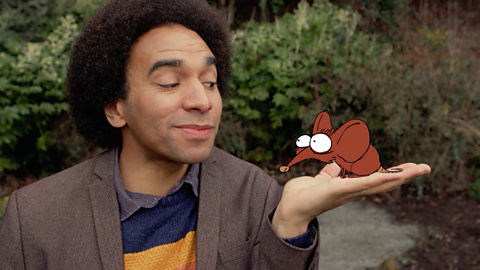
How to express yourself with poetry. video
Joseph Coelho explores the way we can express our feelings using poetry.
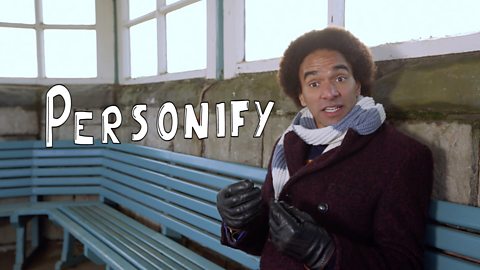
How to have fun writing poetry. video
Joseph Coelho explores onomatopoeia, phonics and all the ways you can have fun writing a poem.
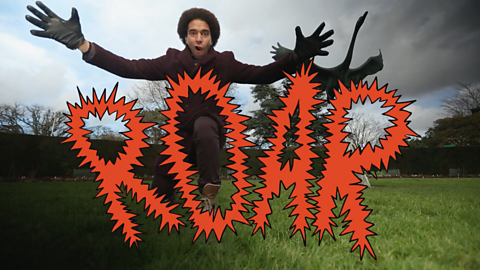
How to write poetry about your life. video
Joe Coelho explains how to write poetry about experience.

Playing with words. video
Joseph Coelho explores how poetic devices can enable children to develop their literacy skill.

How to understand a poem. video
Joseph Coelho looks at how poems make you feel and what they mean to you.
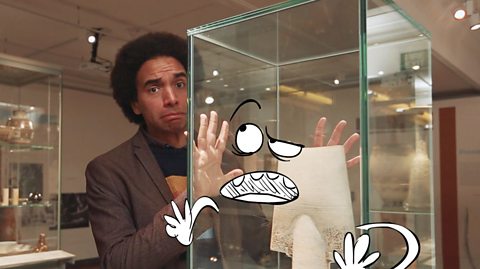
Does poetry need to rhyme? video
Joseph Coelho shows that poetry doesnβt have to rhyme, but when it does, it can be inventive and witty.
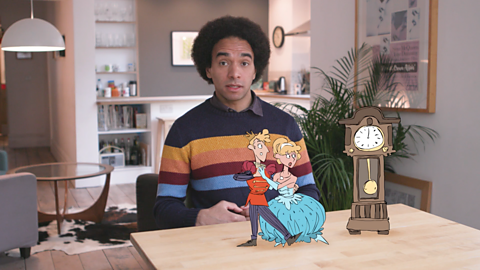
Poetry formats. video
Joseph Coelho explores haiku, limericks, sonnets and varying forms of poetry.
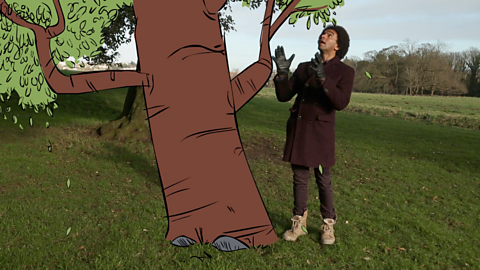
Making pictures with words. video
Joseph Coelho shows us how to utilise figurative and descriptive language to the best effect.
